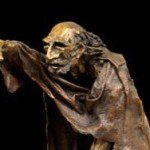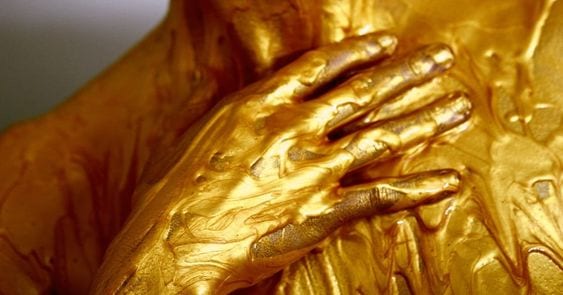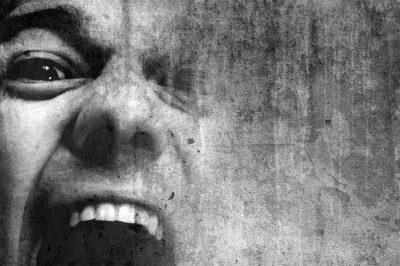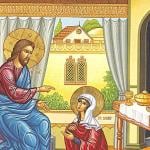 An art form that has captured my interest in recent years is sculpture. There is something about the ability to craft a freestanding, three-dimensional object out of raw material that fascinates me.
An art form that has captured my interest in recent years is sculpture. There is something about the ability to craft a freestanding, three-dimensional object out of raw material that fascinates me.
Any piece of art is, no doubt, born of the ability to imagine another world, but to nurture something that occupies our own space in height, breadth, and depth is born of a very specific genius.
I am also struck by the hands-on nature of it all. Unlike most forms of painting, a sculptor’s work involves immediate contact with the raw material of his work (unless it is chipped out of stone or wood), requiring a unity of heart, hands, and mind that, again, is involved in other forms of art, but has a particular immediacy and engagement to it.
One artist whose work particularly fascinates me is that of Gib Singleton. Now in his seventies, Singleton was born in Kennett, Missouri, educated at Southern Illinois University and the Art Institute of Chicago. A Fulbright Fellowship took him to Italy where he assisted in the restoration of flood-damaged art in Florence and in years since he helped repair the damage done to the Michaelangelo’s Pieta.
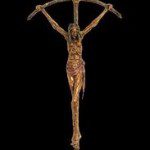 His own work, which he has done for years now in New Mexico, is largely devoted to religious and Western themes and has claimed a place in the Museum of Modern Art, The Vatican Museum, and the Cowboy Hall of Fame — to name a few. The crucifix that he created adorned the crozier carried by Pope John Paul II and now the one used by Pope Benedict XVI.
His own work, which he has done for years now in New Mexico, is largely devoted to religious and Western themes and has claimed a place in the Museum of Modern Art, The Vatican Museum, and the Cowboy Hall of Fame — to name a few. The crucifix that he created adorned the crozier carried by Pope John Paul II and now the one used by Pope Benedict XVI.
Spiritually, Singleton’s religious works give powerful expression to the work of God:
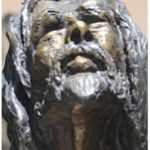 one that is rooted in the earth and evident in the texture of his pieces (interestingly, the first photographic compendium of his was entitled, From the Earth)
one that is rooted in the earth and evident in the texture of his pieces (interestingly, the first photographic compendium of his was entitled, From the Earth)
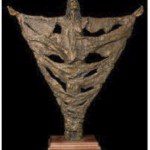 one that points beyond this world to something transcendent (there is a vertical dimension to many of his pieces)
one that points beyond this world to something transcendent (there is a vertical dimension to many of his pieces)
One could hope for little more from the icons of God’s work….presence, the transcendent power to make a difference, and a reminder that we are urged to respond.


